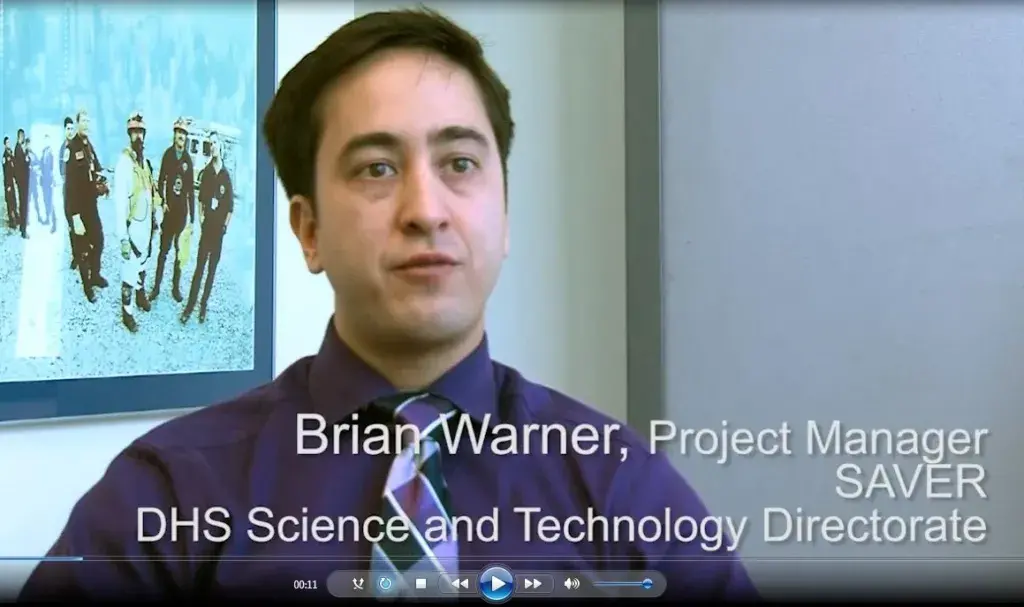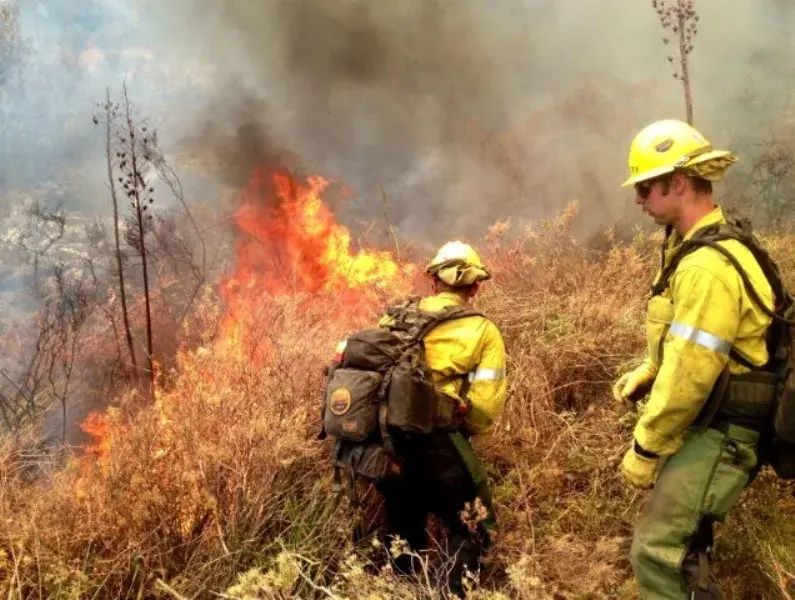Guest post from Brian Warner, Program Manager for the System Assessment and Validation for Emergency Responders (SAVER) program for the Department of Homeland Security Science and Technology Directorate’s (S&T) First Responders Group (FRG).
 First responders face challenges on many fronts these days: from budgetary to policy issues, capability and technology limitations to current environmental, political and social events. Founded in 2004 by the Federal Emergency Management Agency to help first responders make more informed purchasing decisions, and transitioned to the Science and Technology Directorate’s First Responders group in 2009, the SAVER program equips first responders with the technology information they need to navigate these issues to be safer and more effective while protecting the nation.
First responders face challenges on many fronts these days: from budgetary to policy issues, capability and technology limitations to current environmental, political and social events. Founded in 2004 by the Federal Emergency Management Agency to help first responders make more informed purchasing decisions, and transitioned to the Science and Technology Directorate’s First Responders group in 2009, the SAVER program equips first responders with the technology information they need to navigate these issues to be safer and more effective while protecting the nation.
We accomplished a lot in 2015, conducting focus groups and market surveys in collaboration with active first responders and national laboratories including the National Urban Security Technology Laboratory (NUSTL). These efforts resulted in key reports for law enforcement, wildland and structural firefighting and hazardous material response teams.
With the dramatic growth in wildland fires over the last three decades, as well as longer and stronger fires that are putting wildland firefighters at the frontlines of these terrible blazes, we wanted to give firefighters more resources to protect them in the field. We did just that with the Wildland Firefighter Personal Protective Equipment (PPE) Selection Guide, which gives an approach for using PPE for the greatest protection against burn and heat stress injuries, as well as an overview of current and emerging products, technologies, designs, materials, standards and testing methods.
Hazardous material (hazmat) response teams and other emergency responders need to detect the presence of potentially flammable or toxic gases and vapors at hazmat sites. It’s a dangerous situation. Our Portable Flame Ionization Detectors (FID) Market Survey Report provides information on two portable FIDs and one portable dual FID/Photoionization Detector (PID), along with cost and safety information. It reflects the current commercial marketplace for the equipment and helps responders maximize their equipment budgets.
One of our biggest accomplishments by far was publishing our Body Worn Camera Assessment and Market Survey Reports. It was important to us to take a fresh look at body-worn camera technologies in light of current events and the complex capability and opportunity that this technology gives the law enforcement community. The Assessment Report captures the findings of first responders who evaluated seven body-worn cameras based on how they met the product selection criteria, and then provided advantages and disadvantages of the cameras. The Market Survey Report provides a snapshot of the current commercial marketplace for these cameras.
So what’s ahead for SAVER?
We have an exciting list of tech to evaluate in 2016. For law enforcement, we’ll look at officer kits that mitigate severe trauma. For special weapons and tactics teams, we’ll evaluate the state of commercial technology for integrated hearing protection in helmets. For firefighters, we’ll look at air purifying respirators. And, for the broad emergency management community, we’re preparing a market survey of 4G Mobile Broadband Routers.
Keep checking our SAVER Assessment page to find our latest tech notes, market surveys and assessment reports, or to suggest technology that you’d like to see evaluated, contact us at NUSTL@hq.dhs.gov.
